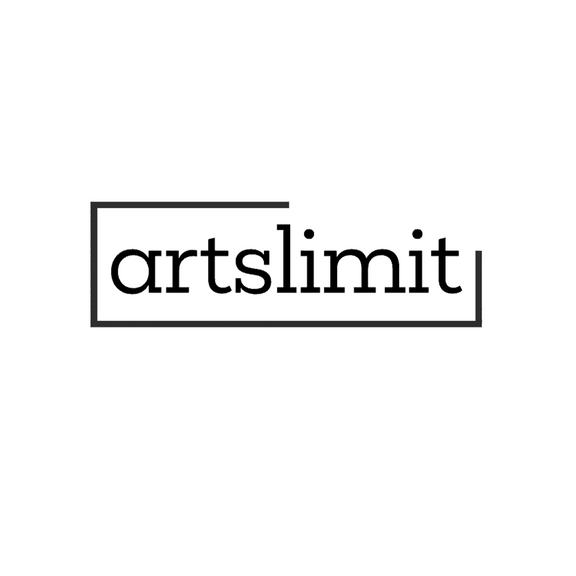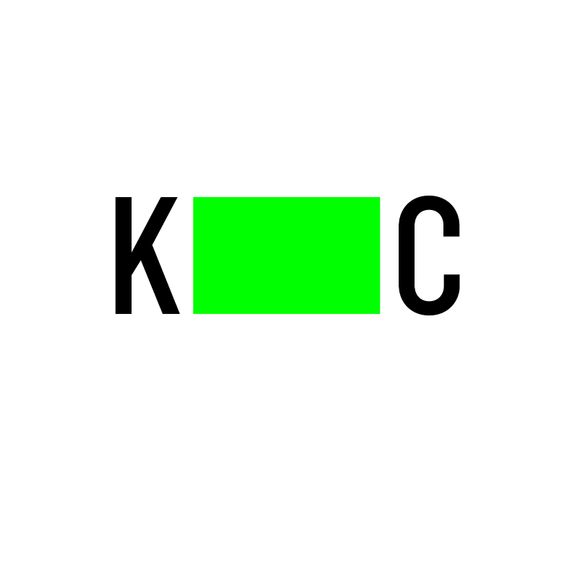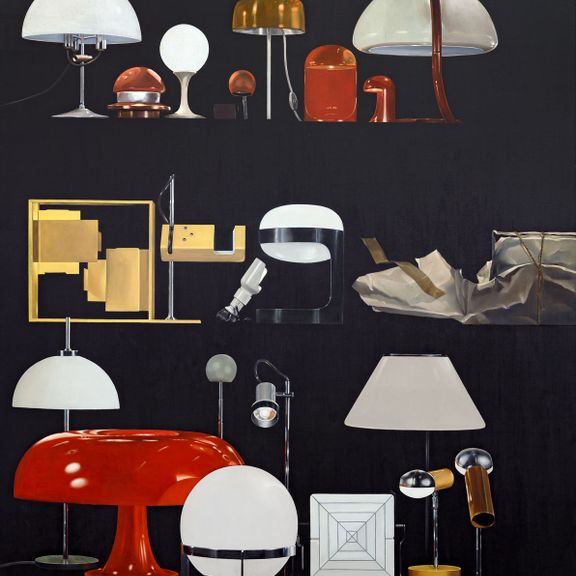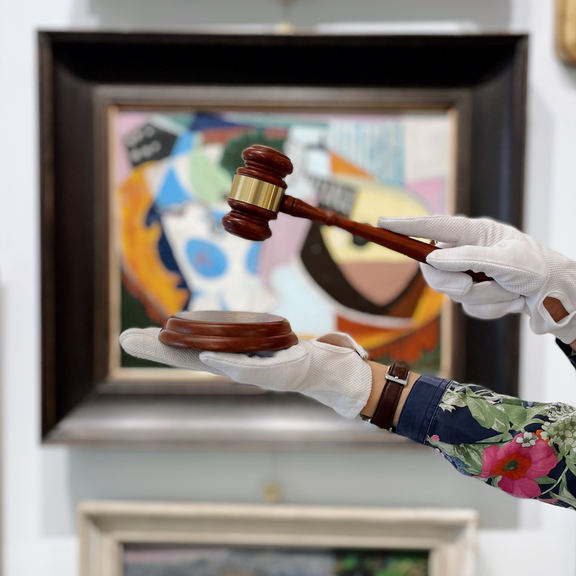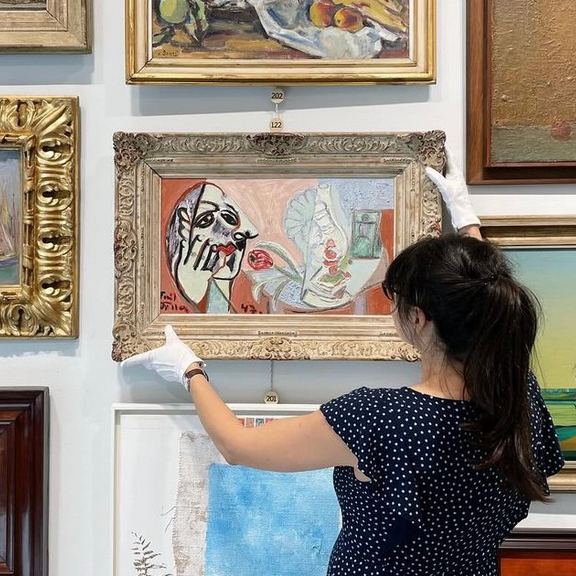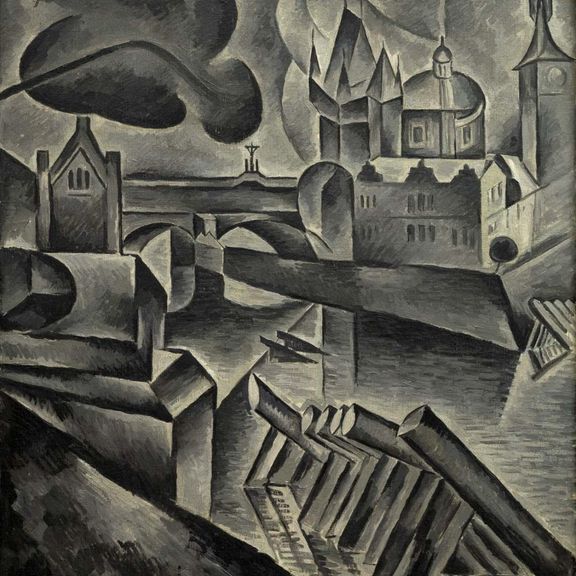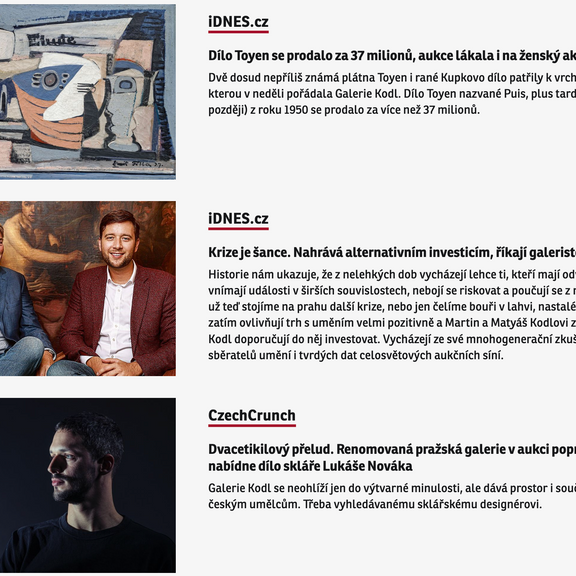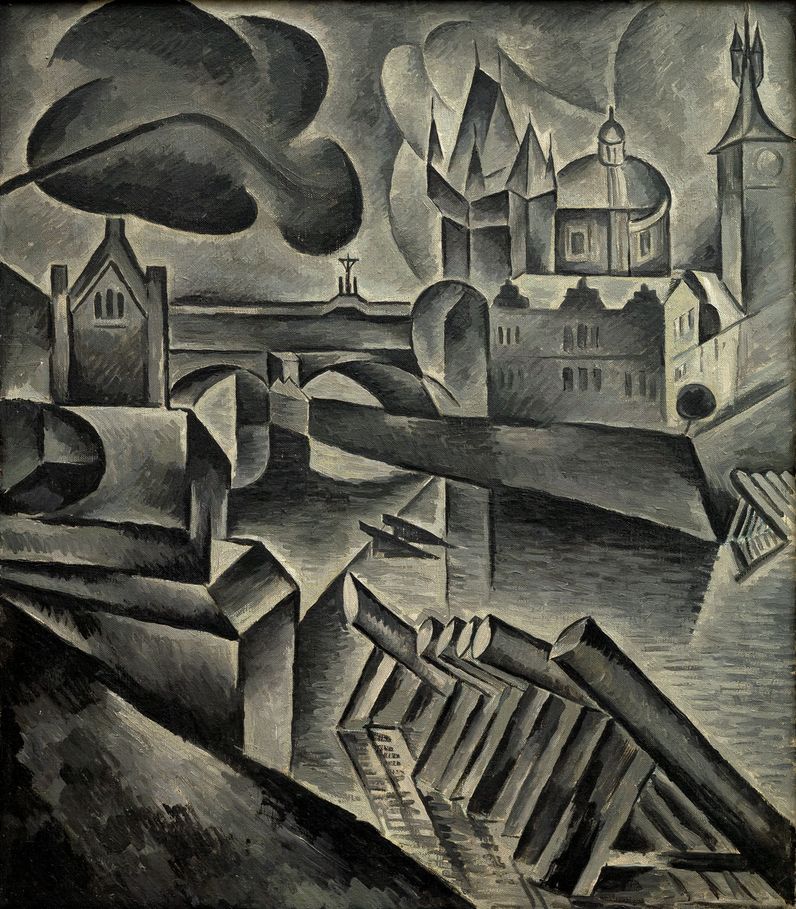
oil on canvas
1911
on the reverse
98 × 84 cm
framed
At this auction in 2022, the magical threshold of one hundred million crowns was crossed for the first time in history - the Old Prague motif by Bohumil Kubišta was auctioned for 123.6 million crowns. The record until then belonged to František Kupka's work Divertimento II, which was auctioned for 90.2 million crowns at the KODL Gallery auction in 2020.
This extraordinary painting entitled Old Prague Motif comes from the studio of one of the most important representatives of Czech modernism, Bohumil Kubišta, and it’s considered a historically unique opportunity on the Czech art market and beyond. The year 1911, when the work was executed, is generally perceived as a major turning point in Kubišta’s work when he essentially revised his Paris experience. This led him to the formulation of cubist aesthetics of his own based on mental immersion in the “inner life” of reality. He perceived the spiritual and ideological basis was inseparable from the painting process itself, which he emphasised in his articles published in important artistic monthly magazines at the time. In one of them, entitled “On the Spiritual Background of the Modern Age”, he even prefers the ideological part to form, arguing that modern art should be given a “form that grows organically from a new spiritual background”.
In creating the ideological basis of his artwork, he drew from the coryphaei of contemporary European philosophy, such as A. Schopenhauer, H. Bergson, and I. Kant, as well as from sources considered rather exotic at the time, such as Eastern and specifically Indian philosophy. It was the immense intelligence, interdisciplinary literacy, and artistic vigour that led the young Kubišta to his own opinion and artistic synthesis, which culminated in paintings from 1911–1912. The Old Prague Motif is one of the three most famous of them, (Old Prague Motif, St. Sebastian, Portrait of Jan Zrzavý), which are all based on very detailed and exact geometric pencil studies of almost identical size of the paintings. It is apparent that Kubišta always maintained the coherence of matter and the comprehensibility of the subject-matter when constructing his compositions, even when applying several levels of perspective. Not only therewith he freed himself from Picasso’s condensed description.
The second significant change is the artist’s attempt to interpret objects in a “transcendental form”, which he based on three prerequisites: a rational intention, a “creative will”, and a sense of “state of mind”. It was in the Old Prague Motif that he achieved a special tension between them by structuring the outer rationally seizable world and building the psychological spatial depth of the subject-matter. This tension, which is, among other things, visualised by the sharp boundary between organic and crystalline, was already foreshadowed in his painting Quarry in Braník executed at the turn of 1910–1911. This is where the compositional basis for the diagonal axis formed by the Vltava River comes from, adding dynamics to the Old Prague Motif.
The presented painting is unique in many different respects, but if we would like to highlight at least one more of them, then it would be the choice of colours and a special “supernatural” luminosity. The ideological basis for the choice of such colour range can also be found in Kubišta’s aforementioned article, where he called it “penetration”. In the context of contemporary groundbreaking discoveries in physics, chemistry, and technology, in which Kubišta was interested since his high school studies, this concept appears very often and probably originated in studies of X-rays and electromagnetic radiation. The black-and-white, yet enlightened city of Prague can thus be read as a cultural X-ray image of the then society, permeating the time and magically transcending the genius loci of this city and perhaps also Kubišta’s critical view of some of its nooks.
This painting is one of the most formally and mentally elaborated of Kubišta’s artwork in general and thus an absolutely unique opportunity for collectors within the Central European art market. In addition, it has an impressive exhibition, publication, and ownership history. It has been part of large and historically very important collections – first of Dr. F. Čeřovský, later of the famous collection of Dr. J. Borovička. It has been published and reproduced many times – it is probably not missing in any of the artist’s major monographs – and has travelled to exhibitions around the world. Perhaps the first time the artist exhibited it was in 1912 in the Der Sturm gallery in Berlin at the exhibition Neue Secession, representing the most progressive personalities of the then artistic – especially German – society. Assessed during consultations by doc. PhDr. M. Rakušanová, Ph.D., and PhDr. M. Nešlehová.
Exhibitions and publications:
Solo:
• Posthumous Exhibition of Bohumil Kubišta, Krasoumná jednota [Kunstverein für Böhmen], Rudolfinum, Prague 1920 (cat. No. 32)
• Posthumous Exhibition of Bohumil Kubišta, Municipal Industrial Museum, Hradec Králové 1920 (cat. No. 31)
• Bohumil Kubišta, Museum of Applied Arts, Brno 1922 (cat. No. 32)
• Work of Bohumil Kubišta, Mánes, Prague 1960 (cat. No. 88)
• Bohumil Kubišta: Comprehensive Exhibition, Brno House of Arts, Brno 1960–1962
Collective:
• Sturm-Ausstellung: Die Neue Secession (X. Ausstellung der Zeitschrift Der Sturm), Königin-Augusta-Straße 51, Berlin 1912 (no catalogue) and Budapest 1913a (cat. No. 85)
• Wystawa futurystów, kubistów i ekspresyonistów, Muzeum Przemysłowe, Lviv 1913 (cat. No. 62)
• 50 Years of Mánes, Mánes, Prague 1937 (cat. No. 159)
• Founders of Czech Modern Art, Brno House of Arts, Brno 1957b and Founders of Czech Modern Art, Prague Castle Riding School, Prague 1958 (cat. No. 103)
• VII Bienal de São Paulo, Parque Ibirapuera, São Paulo 1963 (Bohumil Kubišta: cat. No. 6)
• Czech and Slovak painting of the first half of the 20th century, permanent exhibition of the National Gallery in Prague, Prague 1962 (cat. No. 82)
• Paris–Prague 1906–1930, Musée National d’Art Moderne, Paris 1966 (cat. No. 84)
• František Xaver Šalda and Fine Arts, Regional Gallery in Liberec 1967
• Cubist Art From Czechoslovakia, Tate Gallery, London 1967 – Le Cubisme á Prague et la Collection Kramář, Palais des Beaux-Arts, Brussels 1967 – Het Cubisme te Praag en de verzameling Kramář, Museum Boijmans Van Beuningen, Rotterdam 1968 (cat. No. 65)
• Art tchéque du XXe siécle, Musée Rath, Geneva 1970 – Tschechische Kunst des 20. Jahrhunderts: Einige Aspekte der Entwicklung, Kunsthaus Zürich, Zurich 1970 (cat. No. 59)
• Edvard Munch og den tsjekkiske kunst, Munch Museet, Oslo 1971 (cat. No. 23)
• Tjeckiskt avantgarde 1900–1939, Liljevalchs Konsthall, Stockholm 1973 – Tjeckiskt avantgarde 1900–1939, Konstmuseum, Göteborg 1973 (cat. No. 83)
• Dix siécles d’art tchéque et slovaque, Grand Palais – Galeries nationales, Paris 1975 (cat. No. 210)
• Polska–Czechosłowacja: Wieki sąsiedztwa i przyjaźni, Muzeum Narodowe, Kraków 1977 – Warsaw 1978 – Czechoslovakia–Poland: Centuries of Neighbourhood and Friendship, Slovak National Museum, Bratislava 1978 – Czechoslovakia–Poland: Centuries of Neighbourhood and Friendship, National Gallery, The U Hybernů Palace, Prague 1978
• 300 Jahre Malerei in Prag, Albertinum, Dresden 1978
• Kupka, Gutfreund & C. nella Galleria Nazionale di Praga, Galleria Internazionale d'Arte Moderna, Ca' Pesaro, Venice 1980 – Kupka, Gutfreund & C. nella Galleria Nazionale di Praga, Molle Antonelliana, Turin 1980 (Bohumil Kubišta: cat. No. 1)
• Permanent Exhibition of 20th century art, six-month loan to the permanent exhibition of 20th century art, Centre Pompidou, Paris 1979
• Arte Maestra: Da Monet a Picasso. Cento capolavori della Galleria Nazionale di Praga, Palazzo Pitti, Florence 1981 (cat. No. 58)
• Czeki kubizm, Muzeum Narodowe, Warsaw 1981 (cat. No. 32)
• Filla, Gutfreund, Kupka och tjeckisk kubism 1907–1927, Malmö Konsthall, Malmö 1982 (cat. No. 132)
• Tschechische Kunst 1878–1914, Mathildenhöhe, Darmstadt 1984 (cat. No. 258) • Tsjechisch kubisme, Koninklijk Museum voor Schone Kunsten, Antwerp 1987 (cat. No. 57)
• Modern Treasures from the National Gallery in Prague, Solomon R. Guggenheim Museum, New York 1988 – Chefs-d'œuvre de la Galerie nationale de Prague: Grandsmaîtres de la peinture moderne, Musée Québec, Québec 1988 (cat. No. 42)
• Cubisme a Praga: Obres de la Galeria Nacional, Museu Picasso, Barcelona 1990 – Cubismo en Praga: Obras de la Galeria Nacional, Fundación Juan March, Madrid 1990 (cat. No. 60)
• Kubismus in Prag 1909–1925, Malerei, Skulptur, Kunstgewerbe, Architektur, Kunstverein für die Rheinlande und Westfalen a Kunsthalle, Düsseldorf 1991 (cat. No. 419) – Czech Cubism 1909–1925: Painting, Sculpture, Applied Arts, Architecture, National Gallery, Prague Castle Riding School, Prague 1991c (cat. No. 230)
• Czech Cubism, Moravian Gallery, Governors Palace and Museum of Applied Arts, Brno 1992
• Cubisme tchéques 1910–1925: Architecture, Design, Arts plastiques, Centre Georges Pompidou, Paris 1992

